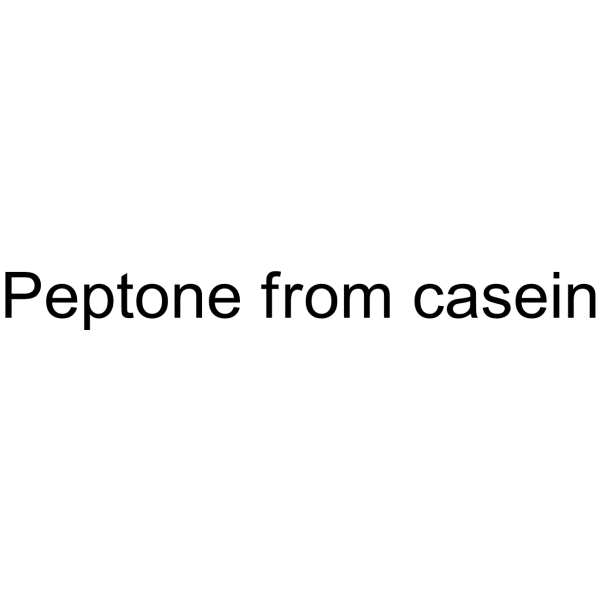Initiation, growth and cryopreservation of plant cell suspension cultures.
Natali R Mustafa, Ward de Winter, Frank van Iren, Robert Verpoorte
Index: Nat. Protoc. 6(6) , 715-42, (2011)
Full Text: HTML
Abstract
Methods described in this paper are confined to in vitro dedifferentiated plant cell suspension cultures, which are convenient for the large-scale production of fine chemicals in bioreactors and for the study of cellular and molecular processes, as they offer the advantages of a simplified model system for the study of plants when compared with plants themselves or differentiated plant tissue cultures. The commonly used methods of initiation of a callus from a plant and subsequent steps from callus to cell suspension culture are presented in the protocol. This is followed by three different techniques for subculturing (by weighing cells, pipetting and pouring cell suspension) and four methods for growth measurement (fresh- and dry-weight cells, dissimilation curve and cell volume after sedimentation). The advantages and disadvantages of the methods are discussed. Finally, we provide a two-step (controlled rate) freezing technique also known as the slow (equilibrium) freezing method for long-term storage, which has been applied successfully to a wide range of plant cell suspension cultures.
Related Compounds
| Structure | Name/CAS No. | Molecular Formula | Articles |
|---|---|---|---|
 |
Peptone
CAS:91079-40-2 |
|
A new antibiotic kills pathogens without detectable resistan...
2015-01-22 [Nature 517(7535) , 455-9, (2015)] |
|
Reduced sialylation impacts ventricular repolarization by mo...
2015-01-30 [J. Biol. Chem. 290(5) , 2769-83, (2015)] |
|
Reconstitution and Characterization of a Calmodulin-Stimulat...
1992-12-01 [Plant Physiol. 100 , 1670-1681, (1992)] |
|
Charon phages: safer derivatives of bacteriophage lambda for...
1977-04-08 [Science 196 , 161-169, (1977)] |
|
Biogeography of the Sulfolobus islandicus pan-genome.
2009-05-26 [Proc. Natl. Acad. Sci. U. S. A. 106(21) , 8605-10, (2009)] |